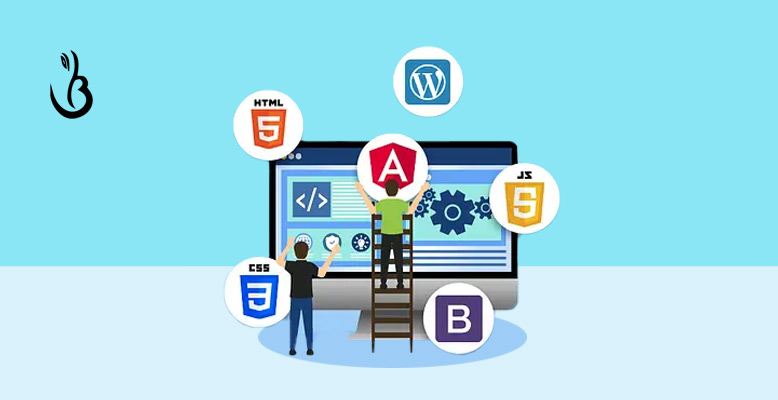
In the fast-paced world of technology, creating a web application that stands the test of time requires careful planning and foresight. One of the most critical decisions in this process is selecting the right technology stack. A well-chosen tech stack not only ensures the smooth functioning of your web app but also prepares it for future challenges and advancements. In this blog, we will delve into the importance of future-proofing your web app and provide insights on choosing the right tech stack for your future web application development.
Technology is continually evolving, and what is cutting-edge today may become obsolete tomorrow. Therefore, it’s essential to build a web app that can adapt and evolve with the changing technological landscape. Future-proofing your web app offers several benefits:
Scalability: As your user base grows, your web app should be able to handle increased traffic and data without performance issues.
Flexibility: The ability to integrate new features and technologies seamlessly without major overhauls.
Cost-Effectiveness: Choosing the right tech stack from the outset can save you from costly migrations and rewrites in the future.
Selecting the right tech stack is a critical decision that can significantly impact the success of your web app. Here are some important factors to consider:
Before choosing a tech stack, it’s crucial to understand the specific requirements of your web app. Consider factors such as:
Functionality: What features and functionalities does your web app need?
Performance: How much traffic do you expect, and what are the performance requirements?
Budget: What is your budget for development, maintenance, and hosting?
By comprehending your project needs, you can refine your options and select a tech stack that best fits your requirements.
There are numerous programming languages, frameworks, and databases available, each with its pros and cons. Some popular choices include:
Frontend Frameworks: React, Angular, Vue.js
Backend Frameworks: Node.js, Django, Ruby on Rails
Databases: MySQL, PostgreSQL, MongoDB
Evaluate the strengths and weaknesses of each technology in the context of your project requirements to make an informed decision.
Choosing a tech stack with strong community support and long-term viability is crucial for future-proofing your web app. A vibrant community can provide valuable resources, updates, and support, ensuring that your web app remains up-to-date and secure.
Ensure that the chosen tech stack is scalable and can handle increased traffic and data as your web app grows. Performance is crucial for user experience and can significantly impact the success of your web app.
Once you’ve chosen the right tech stack, there are several best practices you can follow to future-proof your web app:
Use a modular and flexible architecture that allows you to easily integrate new features and technologies. Microservices architecture, for example, can provide greater flexibility and scalability, allowing you to update and expand your web app without major overhauls.
Stay updated with the latest technological trends and advancements in the industry. This will help you anticipate future changes and ensure that your web app remains competitive and relevant.
Regularly update and maintain your tech stack to ensure optimal performance, security, and compatibility with new technologies and standards. This will also help you avoid potential issues and vulnerabilities.
Thorough testing is crucial for identifying and resolving any issues or bugs before they impact your users. Implement automated testing and continuous integration practices to ensure the reliability and stability of your web app.
Utilizing cloud services and infrastructure can significantly enhance the scalability, flexibility, and reliability of your web app. Cloud platforms like AWS, Google Cloud, and Azure offer a wide range of services and resources that can help you build and deploy your web app more efficiently. Consider incorporating cloud services into your tech stack to future-proof your web app and leverage the benefits of cloud computing.
Security is a paramount concern for web applications, and planning for it from the outset is crucial for future-proofing your web app. Implement robust security measures, such as encryption, authentication, and authorization, to protect your web app from potential threats and vulnerabilities. Additionally, ensure compliance with relevant regulations and standards, such as GDPR or HIPAA, to avoid legal issues and penalties.
Future-proofing your web app by choosing the right tech stack and following best practices is crucial for its long-term success and sustainability. By understanding your project requirements, evaluating the pros and cons of different technologies, adopting a modular and flexible architecture, staying abreast of technological trends, and planning for security and compliance, you can build a web app that is scalable, flexible, secure, and ready to adapt to the ever-changing technological landscape.
At BizBrolly Solutions, we specialize in helping businesses build robust and future-proof web applications. Our team of experienced developers and technology experts can assist you in choosing the right tech stack, implementing best practices, and ensuring the success of your web app. Contact us today to learn more about our services and how we can help you future-proof your web app and achieve your business goals.